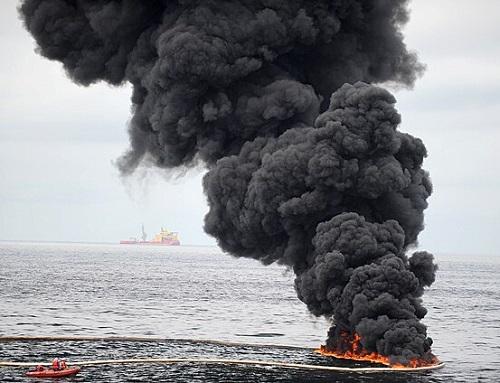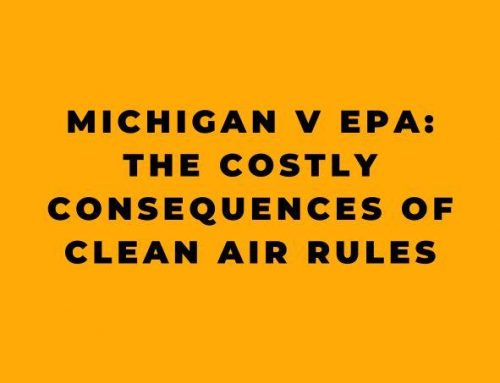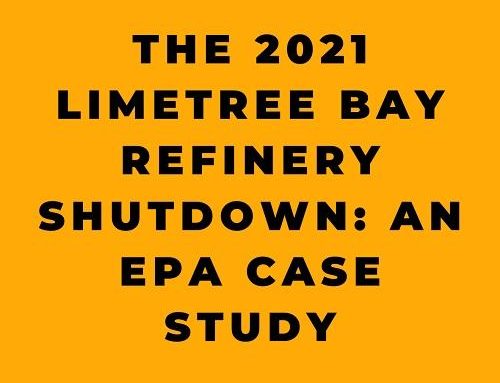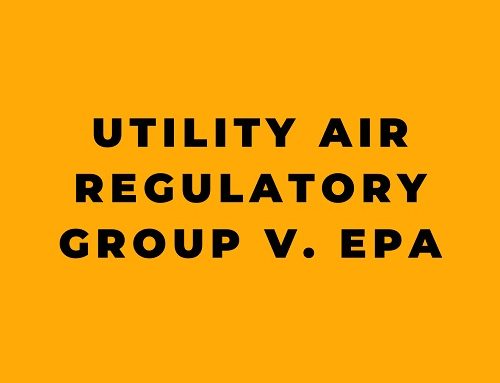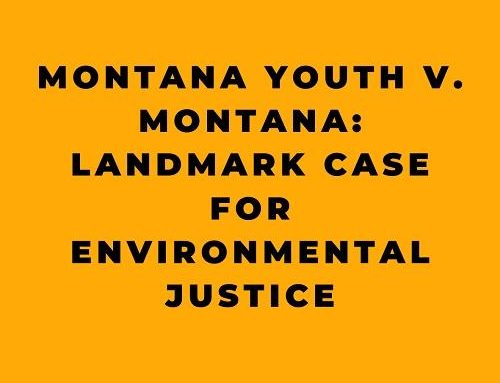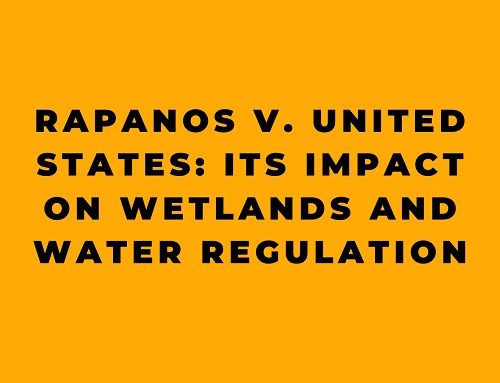The BP Deepwater Horizon oil spill, one of the most catastrophic environmental disasters in history, unfolded in April 2010 when a blowout preventer failed, unleashing approximately 4.9 million barrels of crude oil into the Gulf of Mexico over a harrowing 87-day period. This unprecedented spill resulted in extensive damage to marine life, coastal ecosystems, and the livelihoods of communities dependent on fishing and tourism. Fast forward to 2015, BP faced the repercussions of its actions, culminating in a monumental legal settlement that required the company to pay around $55 billion in penalties and damages. This article offers an analysis of the settlement, examining its implications for BP, the affected communities, and the future of environmental regulation.
Overview of the Settlement Agreement
The settlement reached in 2015 marked the conclusion of extensive legal battles that spanned several years, involving federal and state governments, environmental organizations, and various stakeholders impacted by the disaster. The agreement was multifaceted and included:
- Clean Water Act Penalties: BP agreed to pay $20.8 billion in penalties under the Clean Water Act (CWA), which stands as one of the largest civil penalties in U.S. history. This amount was meticulously calculated based on the severity of the spill and BP’s negligence in preventing it.
- Economic Damages: Approximately $7.1 billion was allocated to compensate individuals and businesses in the affected states—Louisiana, Mississippi, Alabama, and Florida—who suffered significant economic losses as a direct result of the spill.
- Restoration Efforts: BP committed $8.8 billion to environmental restoration projects aimed at rehabilitating the ecosystems and wildlife affected by the spill. These projects are vital for the long-term recovery of the Gulf’s natural resources.
- Additional Payments: Beyond the aforementioned amounts, BP reached settlements with various parties, including the states of Alabama and Louisiana, further amplifying the financial ramifications of the settlement.
Clean Water Act Penalties: A Record-Setting Amount
The $20.8 billion penalty under the Clean Water Act was particularly significant, reflecting the extensive damage caused by the spill and the negligence exhibited by BP. The U.S. Environmental Protection Agency (EPA) calculated the penalty to deter future violations of environmental laws while providing funding for restorative projects nationwide.
Economic Damages: Rebuilding Lives and Livelihoods
The economic damages aspect of the settlement was crucial for thousands of individuals and businesses that faced debilitating financial losses due to the spill. This included fishermen whose livelihoods were severely impacted, businesses reliant on tourism, and property owners in coastal regions.
Restoration Efforts: A Path Toward Recovery
The commitment of $8.8 billion for environmental restoration efforts aimed to address the long-term ecological damage inflicted by the spill. This funding supports a range of projects, including habitat restoration, wildlife protection, and long-term ecological monitoring. Dr. Jane Lubchenco, former NOAA Administrator, emphasized the significance of the restoration effort, stating, “The restoration effort will provide critical funding to help restore the Gulf’s ecosystem and economy.” Such initiatives are essential for mitigating the lasting effects of the disaster.
Perspectives on the Settlement
The settlement received mixed reactions, with advocates praising it as a significant step toward accountability, while critics raised concerns regarding its adequacy and implications.
Support for the Settlement
Supporters highlighted several positive aspects, including:
- Accountability: The settlement held BP accountable for its role in the disaster, sending a robust message to corporations about the importance of environmental responsibility.
- Restoration Funding: Environmental advocates welcomed the substantial financial commitment to restoration efforts, viewing it as a crucial step toward healing the Gulf ecosystem and supporting affected communities.
- Economic Relief: Many affected individuals and businesses considered the settlement a vital lifeline, providing the necessary resources for recovery and rebuilding efforts.
Criticisms of the Settlement
Conversely, critics argued that the settlement was insufficient in several respects:
- Insufficient Penalties: Some experts contended that the penalties did not adequately reflect the scale of the environmental destruction. Environmental economist Dr. David Lewis remarked, “The fine should have been significantly higher considering the extent of the environmental devastation.”
- Delayed Recovery: Skeptics pointed out that the lengthy settlement process delayed critical funding for recovery initiatives, leaving many projects stalled as stakeholders awaited disbursement of funds.
- Corporate Influence: Concerns arose about the potential influence of corporate interests on the terms of the settlement, leading to perceptions that BP received favorable treatment in the resolution process.
Long-Term Implications of the Settlement
The ramifications of the BP Deepwater Horizon settlement extend far beyond the financial agreements made in 2015, influencing regulatory policies, corporate practices, and environmental recovery initiatives.
Strengthening Regulatory Frameworks
In response to the disaster and the ensuing settlement, regulatory agencies have intensified the enforcement of environmental laws, aiming to prevent similar incidents in the future. This shift is evident in increased inspections and safety protocols for offshore drilling operations. According to the Bureau of Ocean Energy Management (BOEM), the number of offshore drilling safety inspections increased by over 40% following the spill, reflecting heightened regulatory scrutiny in the oil and gas industry.
A New Era of Corporate Responsibility
The settlement has prompted many corporations to reassess their environmental policies and practices, with a growing emphasis on proactive risk mitigation strategies to prevent future spills. Numerous oil and gas companies are investing in advanced technology and enhanced safety protocols to improve spill prevention and response capabilities, recognizing the importance of corporate accountability.
What Happens Next?
The funds from the settlement will continue to be utilized for restoration projects and economic recovery initiatives over the coming years. Ongoing monitoring and evaluation will be critical to ensure that these efforts yield meaningful results and that the funds are allocated effectively.
How Can Similar Disasters Be Prevented in the Future?
Preventing future disasters requires a multifaceted approach, including stricter regulatory oversight, greater corporate accountability, and heightened public awareness of environmental issues. Collaborative efforts among stakeholders will be vital in fostering a culture of environmental stewardship and proactive risk management.
Conclusion
The BP Deepwater Horizon settlement represents a complex and multifaceted resolution to one of the most significant environmental disasters in modern history. While it has provided much-needed financial relief and accountability, the long-term implications for environmental recovery and corporate responsibility remain to be seen. As we move forward, it is essential to learn from this experience and work collectively toward a more sustainable and responsible future.
The BP Deepwater Horizon settlement marked a significant moment in the ongoing conversation about corporate responsibility and environmental protection, with BP agreeing to pay $55 billion in Clean Water Act penalties alongside billions more for economic damages and restoration efforts.
Image Reference:
- Header image: This photo is in the public domain. It was captured by Petty Officer 2nd Class Justin E. Stumberg, Department of Defense/Photo, VIRIN: 839635-R-FAY46-225.jpg, https://www.defense.gov/Multimedia/Photos/igphoto/2002002918/


